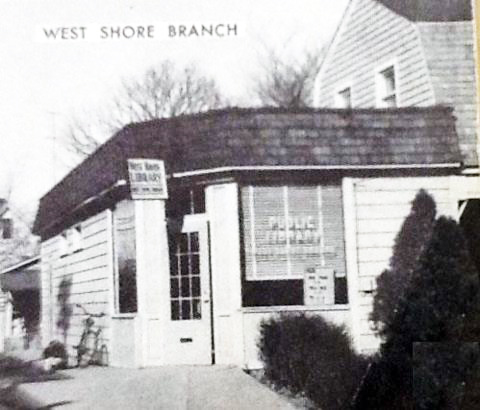
By Dan Shine
Voice Columnist
The West Shore Chronicles,
As written, 1925
Thanks to Kathy Granfield for making this possible-
Compiled from Data Furnished by: C. Edwin Booth (Rocky Beach); Eugene Hubbard (Jones Hill Road); Henrietta Heitman (Rocky Beach); Edwin W. Decker (Platt Avenue); T.J. Warner (Jones Hill Road); Frank P. Harlan (Connecticut Company); William Lines (Rocky Beach).
The territory known as the Western District has an interesting history extending back to Colonial Days. Lying as it does between the old towns of Milford and New Haven it is certain that the white settlers were familiar with the territory in very early days.
There is every evidence that the Indians knew of the excellent supply of clams, oysters and fish in the nearby waters of Long Island Sound. This is especially true in the Oyster River section where many Indian relics have been found. It is supposed that the Indians cooked huge quantities of clams by filling a hole in the rocks with water in which the clams were placed; the water was then boiled by throwing in stones heated in a wood fire. The legend goes on to say that the Indians, like many people of today, would eat too heartily of the sea food and suffer accordingly.
Most of the District was originally a forest. Under the labors of sturdy farmers fields were gradually cleared. The cutting off of considerable tracts of lumber near Aimes Point, also back of Rocky Beach and Woody Crest and in the Colonial Park section will be remembered by many of the present residents.
The road across the dyke from Cox’s was not built until 1868. Prior to that time the only entrance to the District from West Haven was by the Waverly Grove Road which is now Platt Avenue. Early settlers going to Savin Rock forded Cove River across the flats to Bradley Point, the water many times being higher than the bottom of their wagons.
Jones Hill Road runs, after the fashion of early New England roads, in almost a straight line up hill and down dale. From the top of the hill an excellent view of New Haven and West Haven is obtained. This road is used by many now as a short cut from Oyster River to West Haven. If ever made into a good road it will, together with the improvement of Platt Avenue, carry a heavy traffic and relieve Ocean Avenue of some of its congestion.
Shingle Hill Road, once famous as the scene of automobile races conducted by the Yale Automobile Club, is not much travelled at present. The view from its summit is no doubt the finest in the District. At the foot of the hill lies Shingle Hill Park, recently fitted with fireplaces and a pure water supply. On a quiet night a person looking from the park out across the reservoir might well think themselves in the Adirondacks. Such is the advantage of living in West Haven, Shore and country combined.
Ocean Avenue for many years extended only as far as the old Tyler farm near Colonial Inn. In 1852 a road was built from the shore at Colonial Inn across to Jones Hill Road. This road is now called Tyler Street. Ocean Avenue was extended to Oyster River in about 1892. A macadam surface was placed on Ocean Avenue from Rocky Beach to Oyster river about 1902. , No further improvement in Ocean Avenue was noted until 1920 when the State Road was built of concrete from Cox’s to Oyster River. Then new State Road eliminated two dangerous grade crossings at Sea Bluff and straightened the two bad curves at Dawson Avenue.
Where was the west shore branch of the public library located? Is it true that there was once a library on prospect ave?